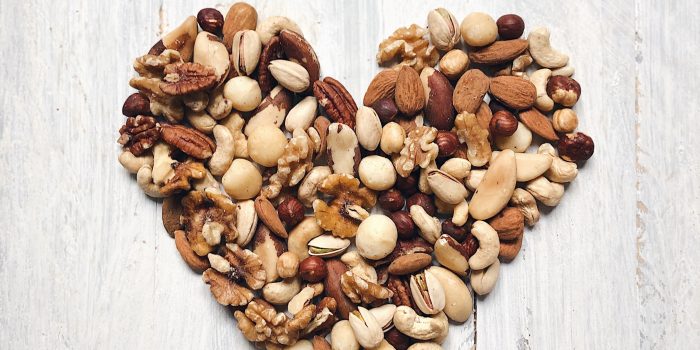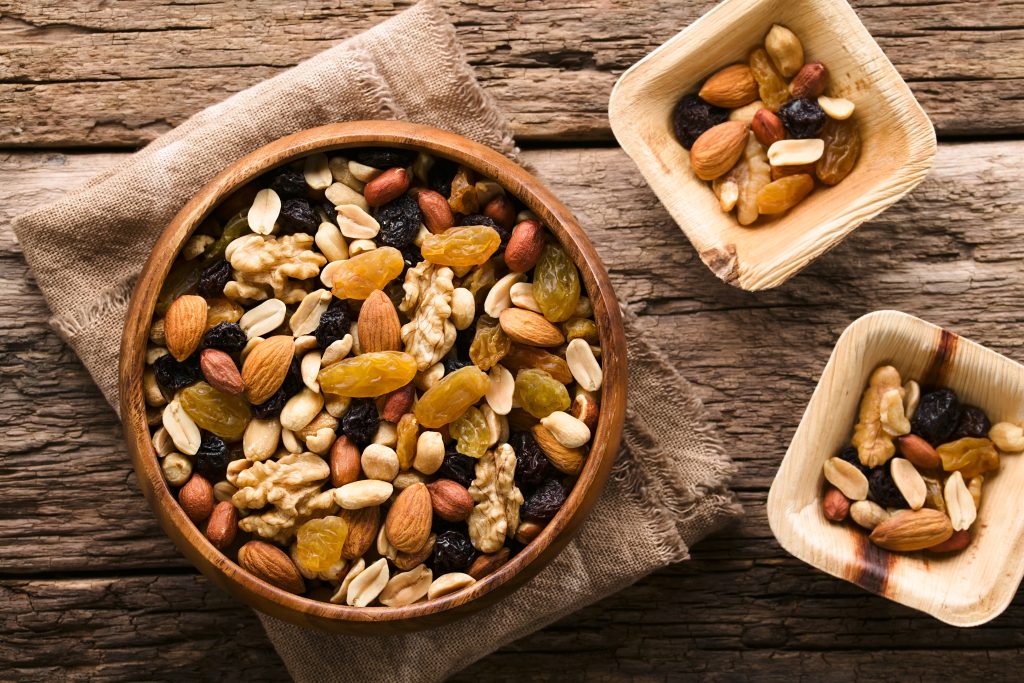Nut consumption as part of a Mediterranean diet can help reduce the incidence rate of type 2 diabetes by 52%, according to the PREDIMED study (Primary prevention of cardiovascular diseases through a Mediterranean diet).
This data reinforce the earlier findings from the study Nuts as a replacement for carbohydrates in the diabetic diet, this one carried out by the Toronto University in Canada.
The study Nuts as a replacement for carbohydrates in the diabetic diet, carried out on more than a hundred volunteers – type 2-diabetes patients over 60 –, highlights that the consumption of nuts increases body energy, which makes achieving a healthy weight easier and makes it easier for diabetes patients to control the disease. In addition, consuming nuts has been associated to a lower risk of suffering from cardiovascular diseases and reduces the blood cholesterol levels.
Likewise, the conclusions from the PREDIMED study stress that following a Mediterranean diet, with 30grs of nuts a day, reduced the diabetes incidence by 52% among the people between 55 and 80 –non-diabetic when the study began- who followed this type of diet for at least four years . These data have been presented during the III World Congress of Public Health Nutrition, which took place in Las Palmas of Gran Canaria between the 9th and the 12th of November.
Some of the most relevant scientists of the nutrition sector have presented there the conclusions of their latest studies. Several of these scientists study the effect of nut consumption in the prevalence and manifestation of type 2 diabetes.
Coinciding with the World Diabetes Day, celebrated every year on November 14, the INC wants to recall these data. Diabetes is a chronic disease that occurs when the pancreas does not produce the amount of insulin the body needs, or it is of an inferior quality. Type 2 diabetes, which accounts for between 90 and 95% of all cases of diabetes, occurs in adulthood (after age 40), and it is usually associated with overweight and a lack of physical activity, among other risk factors such as hypertension.
According to the World Health Organization (WHO), diabetes affects over 347 million people today and it will be the seventh cause of death worldwide by 2030. Only in 2012, one and a half million people died due to their excess of fasting blood sugar . “During the World Diabetes Day, it’s important to inform the population about the newest data that is important for them, such as the benefits that nut consumption can have on their health.
Due to their properties, nuts reduce the risk of suffering from chronic diseases. Furthermore, their regular consumption helps limit, among other things, “bad cholesterol” levels (LDL); reducing them by between 7 and 10%”, claims Jordi Salas-Salvadó, Professor of Nutrition on the Rovira i Virgili University and Chairman of the INC World Forum for Nutrition Research and Dissemination.
Properties and benefits: Several scientific studies have demonstrated that, in addition to having multiple beneficial properties, nuts also reduce the glycemic index (GI), increasing insulin resistance.
Furthermore, nuts enable the blood to flow better and improve the endothelial function of the blood vessels. They also have an anti-inflammatory effect.
These benefits are attributed to the multiple components that these products have, such as vitamin E, folic acid, magnesium, arginine, plant sterols and phytochemical compounds. Furthermore, they have a low content of saturated fatty acids, among others.










